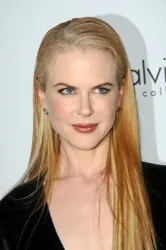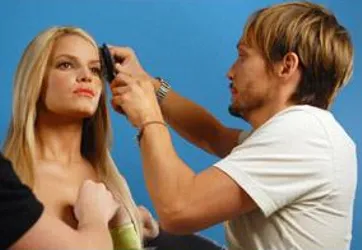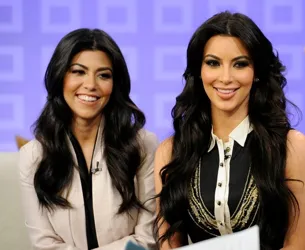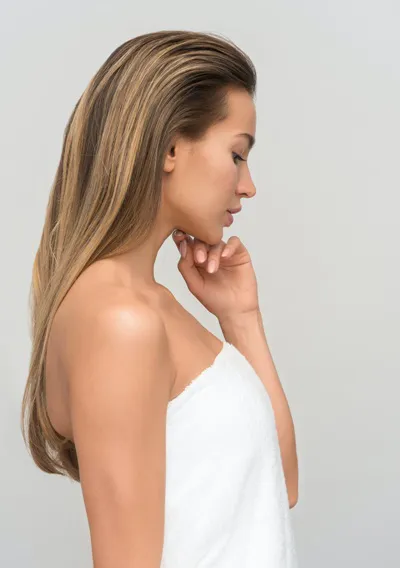
Gray Hair Scoops
Gray Hair Scoops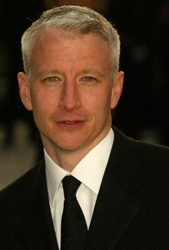 Hair color defined as the pigmentation of hair follicles due to two types of melanin: a. eumelanin and b. pheomelanin.
Hair color defined as the pigmentation of hair follicles due to two types of melanin: a. eumelanin and b. pheomelanin.
Generally, if more melanin is present, the color of the hair is darker; if less melanin is present, the hair is lighter. Levels of melanin can vary over time causing a person's hair color to change, and it is possible to have hair follicles of more than one color.
Fischer-Saller Hair Color Scale
Particular hair colors are associated with ethnic groups. The shades of human hair color are assessed by Fischer–Saller scale. The Fischer–Saller scale, named after Eugen Fischer and Karl Saller, is used in physical anthropology and medicine to determine the shades of hair color. The scale uses the following designations: A (light blond), B to E (hell blond), F to L (blond), M to O (dark blond), P to T (brown), U to Y (dark brown/black) and Roman numerals I to IV (red) and V to VI (red blond).
Gray Hair Is Completely Clear
Gray or white hair is not actually a hair color, but it is clear due to the lack of pigmentation and melanin. The clear hairs appear as grey or white because of the way light reflects from the hairs.
Gray hair is a natural part of aging. As the follicles at the base of the hair shaft slowly lose melanin the hair turns gray, white or silver. The ultimate color of the hair, whether gray or white or silver depends on the original hair color. Black hair may turn white while lighter brunette and blonde hair may take on more of a gray or silver hue.
Achromotrichia
 Two genes appear to be responsible for the process of graying, Bcl2 and Bcl-w.
Two genes appear to be responsible for the process of graying, Bcl2 and Bcl-w.
The change in hair color occurs when melanin ceases to be produced in the hair root and new hairs grow in without pigment. The stem cells at the base of hair follicles produce melanocytes, the cells that produce and store pigment in hair and skin. The death of the melanocyte stem cells causes the onset of graying.
Changes in hair color typically occur naturally as people age, eventually turning the hair gray and then white. This is called achromotrichia. More than 40 percent of Americans have some gray hair by age 40, but white hair can appear as early as childhood.
The age at which graying begins seems almost entirely due to genetics. Sometimes people are born with gray hair because they inherit the trait.
Journal Of Investigative Dermatology
The Journal of Investigative Dermatology published a study in 2005 which found that white people will begin to grey in their mid-30s and Asian people begin graying in their late thirties, but most African American people can retain their original hair color until their mid-forties or later. People with albinism may have white hair due to low amounts of melanin.
Race may play a part in the graying process with Caucasians more likely to go gray earlier with Afro-Americans like to go much later. On average Caucasians may begin to gray in their 20s or 30s while Afro-Americans may tend to go gray in their mid-40s or later. Asians fall in the middle of the graying cycle.
 Although most people tend to go gray between the ages of 30 and 40, white hairs can pop up at anytime. When hair goes gray before age 40 they are considered prematurely gray.
Although most people tend to go gray between the ages of 30 and 40, white hairs can pop up at anytime. When hair goes gray before age 40 they are considered prematurely gray.
Genetically Pre-Determined
Hair is genetically pre-determined which means that hair most often starts to gray around the same age as our parents but it can also be accelerated through nutritional deficiencies. Vitamin B12 and iron deficiency can sometimes be linked to thyroid problems, environmental toxins, smoking or dietary challenges. Albinism can also be linked to gray hair.
It is estimated that more than 40 percent of Americans will have some gray by age 40.
Additional Gray Hair Facts
There are 78 million Baby Boomers in the U.S. The oldest turned 65 this year and 10,000 more will reach that milestone every year for the next 19 years.
If people didn't color their gray it is estimated that over 50% of the current American population would be 50% gray or more.
 Women are more likely to color their gray then men, but men are more secretive about coloring their hair. Studies have shown that 50% of women color their gray while only 15% do. More men may color than gray then known, but men are very secretive about coloring their hair so it's harder to determine the true numbers.
Women are more likely to color their gray then men, but men are more secretive about coloring their hair. Studies have shown that 50% of women color their gray while only 15% do. More men may color than gray then known, but men are very secretive about coloring their hair so it's harder to determine the true numbers.
The average woman spends $330 a year on coloring her hair. Last year alone, approximately 2 billion dollars were spent on hair coloring products for women and $150 million for men.
More Information
Please follow me on Twitter at: http://Twitter.com/HairBoutique. I look forward to meeting new people from all walks of Twitter and learning from their Tweets. Visit us at Hairboutique.com located at: http://www.HairBoutique.com, on Facebook, MySpace and YouTube.
Thank you for visiting us at The HairBoutique Blog and for leaving your comments. They are very much appreciated. We apologize in advance but must remove any direct advertisements or solicitations.Social Media Network Information
Please follow us on Twitter at: https://Twitter.com/HairBoutique. I look forward to meeting new people from all walks of Twitter and learning from their Tweets.



